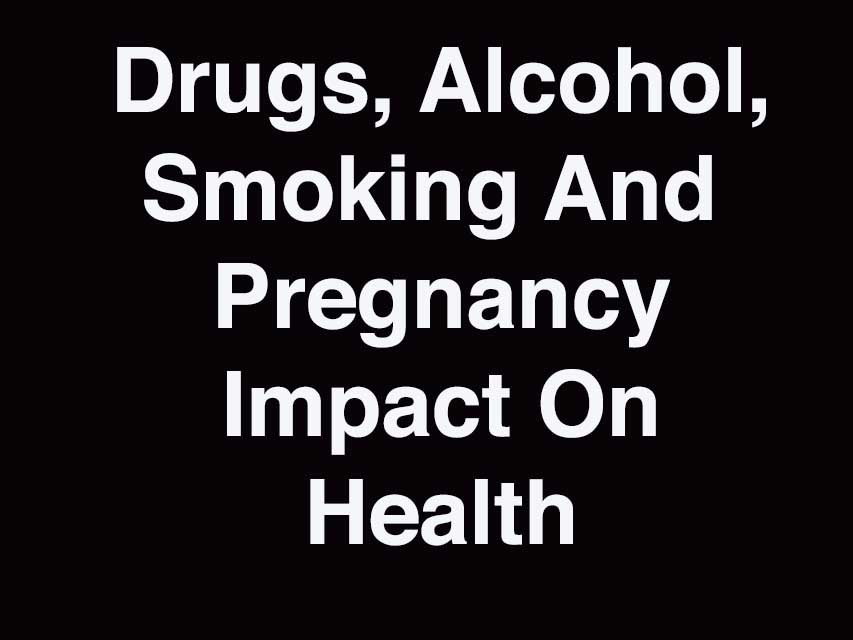The Department of Health publishes the 2022 Health Inequalities Annual Report
As the NI Assembly election approaches on 5th May, the subject of our health system will be foremost on many minds.
A health report published today highlights the differences between those living in deprived areas compared to better off areas.
The Department of Health today published the Health Inequalities Annual Report 2022. This publication presents a comprehensive analysis of regional health inequality gaps between the most and least deprived areas of NI, and sub-regional gaps within Health & Social Care (HSC) Trust and Local Government District (LGD) areas across a range of health indicators.

Key findings – Regional
- In 2018-20, male and female life expectancy at birth showed no notable change in NI and its most and least deprived areas. While the male deprivation gap (6.9 years) showed no notable change since 2014-16, the female deprivation gap (5.0 years) widened over the same period.
- between 2014-16 and 2018-20 there was no change in male healthy life expectancy in NI and the least deprived areas, however there was an improvement in the most deprived areas. Over the same period, there was no change in female healthy life expectancy across all areas. Disability-free life expectancy increased in NI for both males and females, though there was no notable change in most and least deprived areas or the deprivation gap for either gender.
- for indicators of premature mortality, rates either decreased over the period in NI and its most and least deprived areas or showed no notable change. The exception to this was preventable mortality, which increased in NI. However, large inequality gaps continue to persist, with the rate of respiratory mortality among under 75s in the most deprived areas over three and a half times that in the least deprived. Across indicators of premature mortality, the inequality gaps remained fairly static, with a few exceptions where gaps narrowed, most notably treatable mortality.
- the inequality gap for the self-harm admission rate narrowed with decreased rates in the most and least deprived areas, however, the rate remains high with self-harm admissions in the most deprived areas almost treble that in the least deprived areas.
- alcohol and drug related indicators continue to show some of the largest health inequalities monitored in NI, with rates in the most deprived areas over four and a half times that in the least deprived for drug related mortality and four times that for alcohol specific mortality.
- in 2020, within the most deprived areas the proportion of births where the mother reported smoking during pregnancy in the most deprived areas was over four and a half times the rate in the least deprived areas.
- for dental indicators, the largest inequality gap was seen for total extractions where the rate in the most deprived areas was almost double that in the least deprived areas.
Key findings – Sub-Regional
- Male life expectancy generally remained similar between 2014-16 and 2018-20 in all Trusts and Local Government Districts (LGDs) and their most deprived areas. There were some exceptions, such as a decrease in the most deprived areas of the Belfast LGD and increases in the most deprived areas of Fermanagh & Omagh, Lisburn & Castlereagh and Mid Ulster average.
- the inequality gap for male life expectancy between the 20% most deprived areas and the area average widened in the Belfast and Mid & East Antrim LGDs. The Fermanagh & Omagh, Lisburn & Castlereagh and Mid Ulster LGDs experienced a narrowing of the inequality gap.
- female life expectancy either increased or remained similar across the period in all Trusts and LGDs, and their most deprived areas. The exception to this was the Belfast Trust average and most deprived areas, and most deprived areas of the Ards & North Down, Belfast and Causeway Coast & Glens LGDs, where it declined.
- the inequality gap for female life expectancy between the 20% most deprived areas and the area average widened in Belfast Trust and the Ards & North Down, Belfast and Causeway Coast & Glens LGDs. Conversely, Western Trust and the Antrim & Newtownabbey, Mid Ulster and Newry, Mourne & Down LGDs experienced a narrowing of their respective inequality gaps.
- similar to the regional picture, deprivation related inequality was most prominent in indicators relating to alcohol and drugs, self-harm, smoking during pregnancy and teenage births, which were among the five largest inequality gaps for the majority of Trusts and LGDs.
- drug related mortality was the largest inequality gap in two of the five HSC Trusts and four of the eleven LGDs. In the South Eastern Trust, the rate in its most deprived areas was more than double (129%) the Trust average. Similarly, in the Mid & East Antrim LGD the rate in the most deprived areas was more than three times (209%) the LGD average.
- large inequality gaps for alcohol related admissions also exist in the majority of Trusts and LGDs. The rate in their most deprived areas was more than double the Trust/LGD average for both the Western Trust (121%) and Mid & East Antrim LGD (137%).
- alcohol specific mortality showed the largest gap in the Ards & North Down LGD (103%), whilst alcohol related admissions showed the largest gap in the Belfast LGD (100%).
- deaths due to drug misuse was the largest inequality gap in the Northern (153%) and Western Trusts (197%), with the teenage birth rate showing the largest inequality gap in the Southern Trust (109%).
- the teenage birth rate was the largest inequality gap in four LGDs: Antrim & Newtownabbey (155%), Armagh City, Banbridge & Craigavon (129%), Fermanagh & Omagh (121%) and Mid Ulster (73%).
- smoking during pregnancy was the largest inequality gap in the Lisburn & Castlereagh LGD (148%).
























